The Future of Fast Food: Healthier and More Sustainable Options
Fast food has long been associated with convenience, affordability, and—let's face it—greasy indulgence. But in 2025, the industry is experiencing a radical makeover. With increased consumer awareness around health, climate change, and ethical sourcing, fast food chains are rethinking their menus, supply chains, and business models.
The future of fast food is bright—and a lot greener. Here's how fast food is being reinvented for a more health-conscious and eco-friendly world.
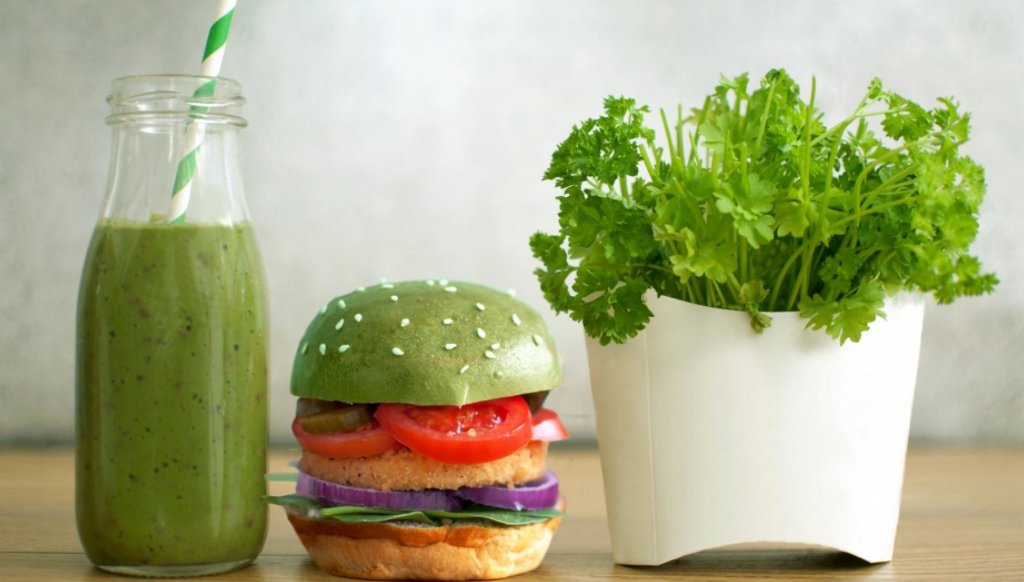
1. Plant-Based Goes Prime Time
While plant-based burgers and nuggets were once niche items, they’ve now become mainstream menu staples. Chains like McDonald’s, Burger King, and KFC offer full lines of plant-based options, many powered by brands like Beyond Meat, Impossible Foods, and Meati (mycelium-based proteins).
What’s new in 2025:
-
Cleaner labels with fewer artificial additives
-
Expanded offerings like vegan fish sandwiches, mushroom "steaks," and chickpea wraps
-
Regional twists on plant-based recipes (e.g., spicy tofu tacos, jackfruit gyros)
-
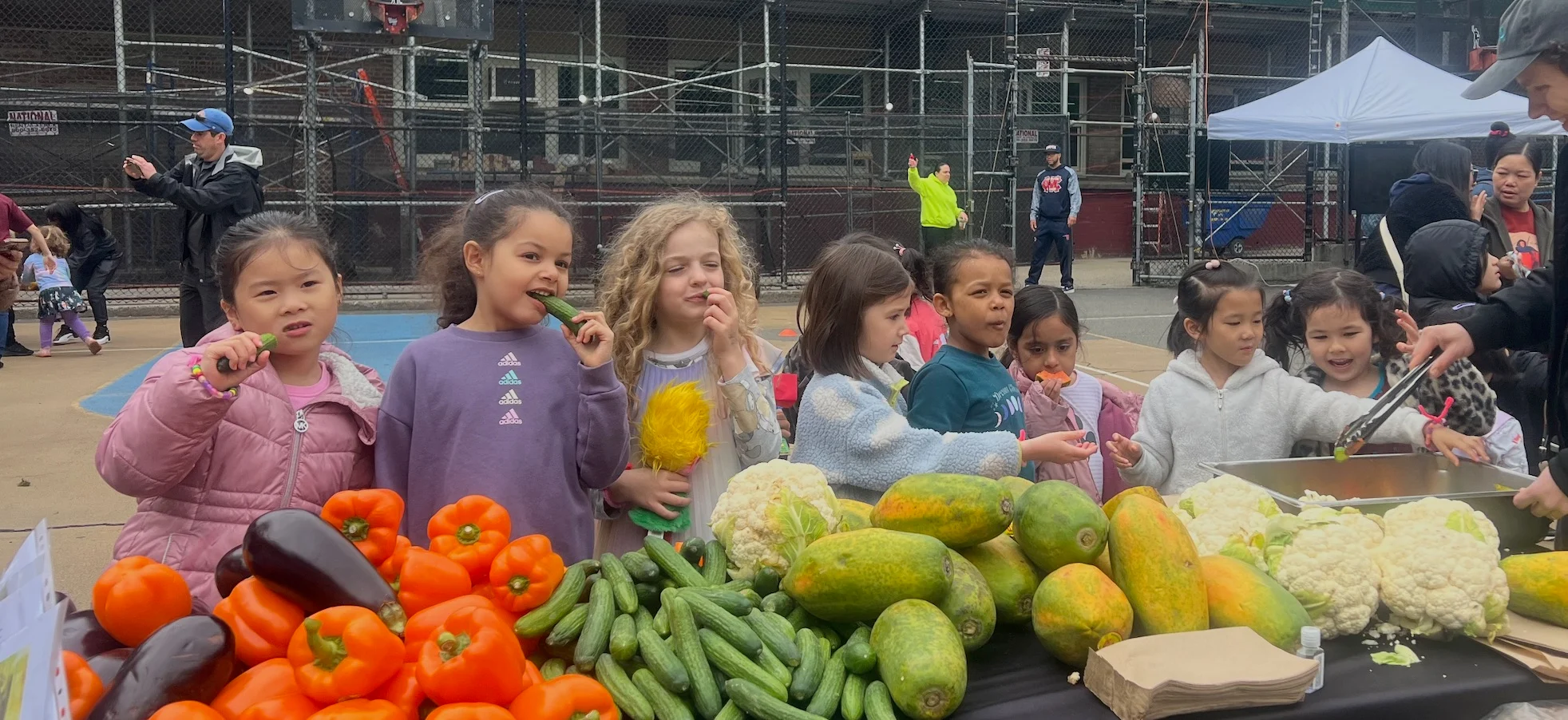
2. Healthier Ingredients, Cleaner Labels
Today's consumers are reading labels—and asking questions. Fast food brands are now focusing on clean ingredients, eliminating:
-
Artificial preservatives
-
Excess sodium
-
High-fructose corn syrup
-
Trans fats
Chains like Chipotle and Sweetgreen have led this movement, but even traditional giants are offering grilled, baked, and air-fried options instead of deep-fried everything.
2025 highlight:
AI tools now help customers scan QR codes to get real-time breakdowns of nutritional info, sourcing, and allergens.

3. Smaller Portions, Smarter Choices
With growing awareness of portion control and calorie overload, fast food is starting to shift from supersized meals to moderate, balanced servings.
Many chains now offer:
-
Mini bowls and half-size wraps
-
Kids' portions for adults
-
Build-your-own meals with portion guidance
This shift supports weight management and helps reduce food waste—two major concerns in modern dining.
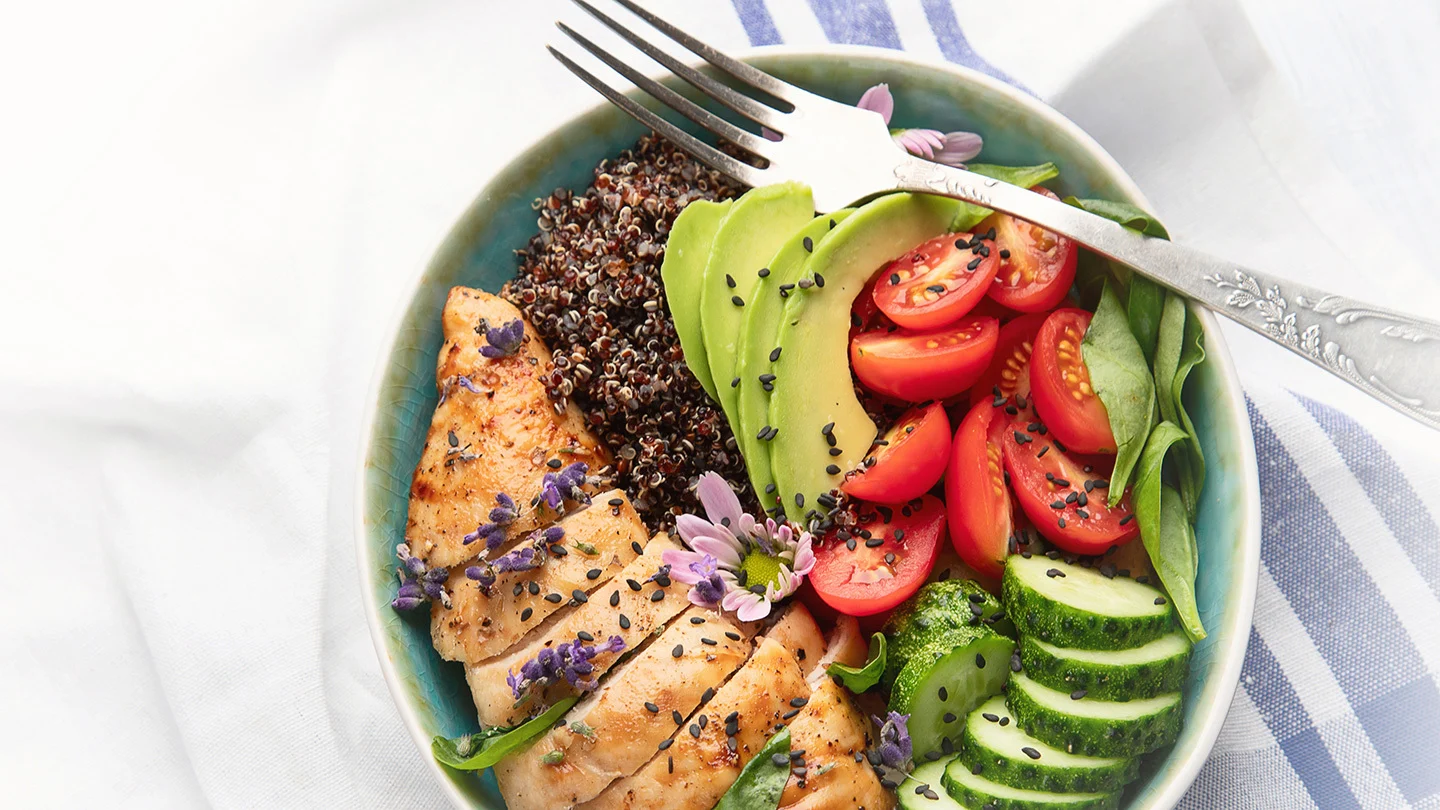
4. Sustainable Packaging Takes the Spotlight
Single-use plastics are on the way out. In their place, 2025 brings:
-
Compostable containers made from cornstarch or seaweed
-
Edible packaging (yes, really!) for some desserts and sandwiches
-
Reusable return-and-recycle systems via apps and kiosks
Brands like Just Salad and Loop are pioneering container reuse programs that reward customers for sustainable behavior.
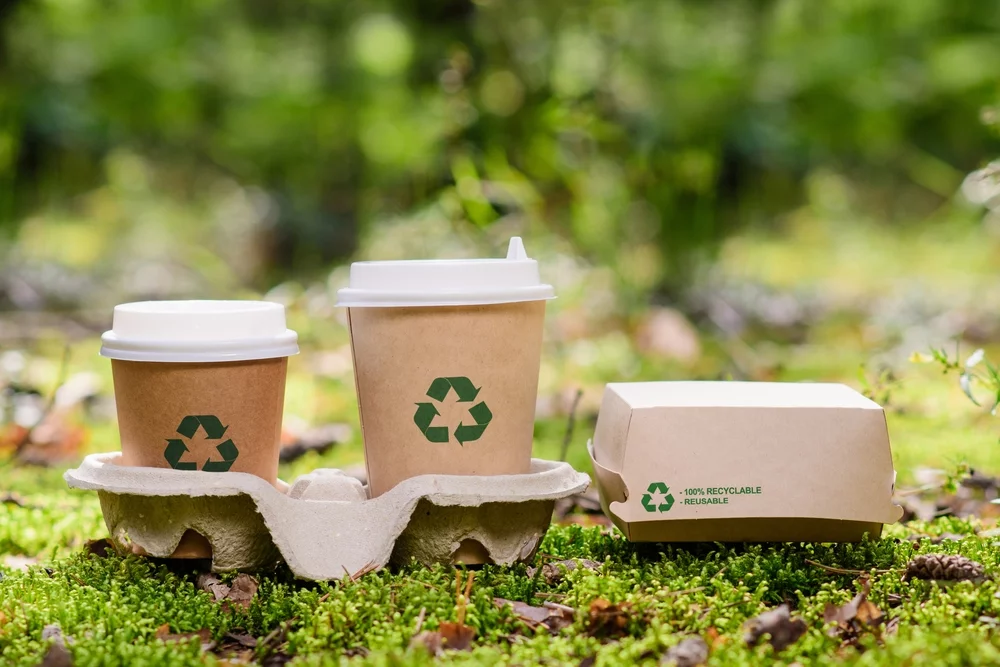
5. Local and Ethical Sourcing
Consumers now want to know where their food comes from—not just what’s in it. Fast food chains are responding with locally sourced produce, free-range meats, and fair-trade certified ingredients.
Some chains even publish monthly sustainability reports and carbon emissions data. This builds trust and transparency in a competitive market.

6. Drive-Thrus Meet Digital Innovation
Digital transformation is reshaping the fast food experience. In 2025:
-
AI-powered ordering speeds up service and remembers preferences
-
Dynamic menus adjust based on the time of day, local weather, or supply
-
Nutritional personalization: customers can customize orders for keto, low-carb, gluten-free, or low-sugar diets via mobile apps
These innovations make it easier than ever to eat fast without compromising on health or ethics.

7. Fast Food for Special Diets
From food allergies to lifestyle choices, people are demanding more tailored options. Today’s fast food menus include:
-
Gluten-free buns and pizza crusts
-
Dairy-free cheese and sauces
-
Nut-free kitchens and labeling
-
Low-sodium and heart-healthy meal sets
Chains like Panera and MOD Pizza are leading in customization, giving people control without sacrificing convenience.
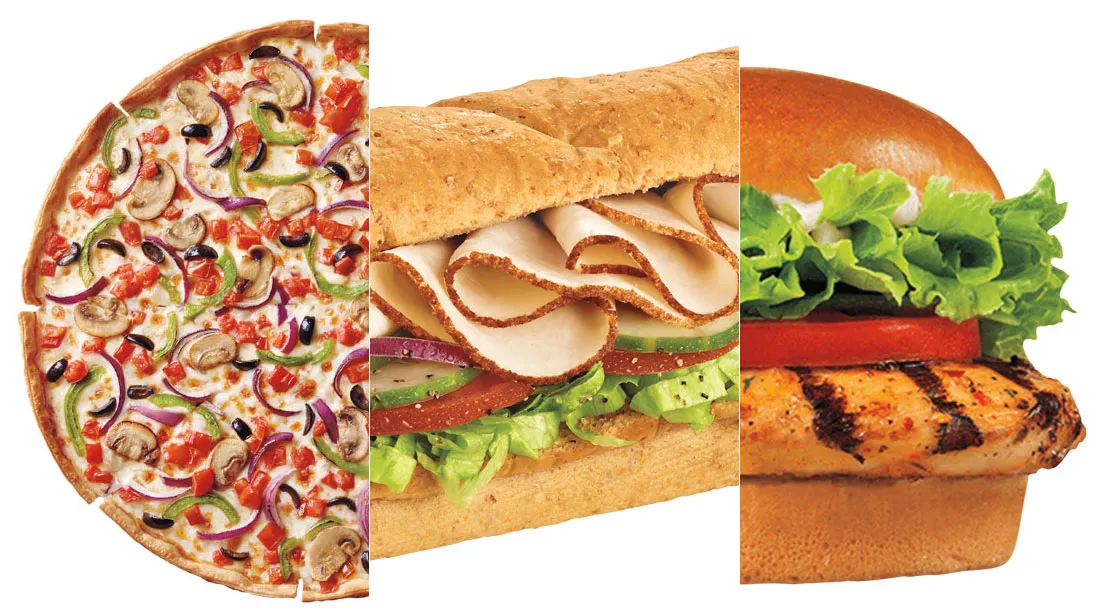
8. Functional Beverages and Better Sides
Say goodbye to sugary sodas as your only drink option. Fast food chains are now offering:
-
Kombucha on tap
-
Vitamin-infused sparkling water
-
Green juices and turmeric shots
Even side dishes are getting upgraded. Instead of fries, customers can choose:
-
Roasted sweet potato wedges
-
Quinoa salad
-
Hummus and veggie sticks
-

9. Eco-Conscious Architecture and Design
Sustainability isn’t just about food—it’s about where and how it’s served. In 2025, some fast food locations now feature:
-
Solar-powered kitchens
-
Green roofs and gardens for in-store herbs
-
Smart lighting and energy-efficient appliances
-
Carbon-neutral certifications
Chains like Starbucks and McDonald’s are experimenting with net-zero energy stores that show sustainability can be stylish and scalable.

10. Community and Social Impact
More than just food, today's fast food brands are stepping up for the communities they serve. This includes:
-
Offering living wages and better benefits for employees
-
Donating surplus meals through food rescue programs
-
Creating educational programs around nutrition and cooking
Many consumers are actively choosing brands with strong values and community involvement—making this a competitive advantage.
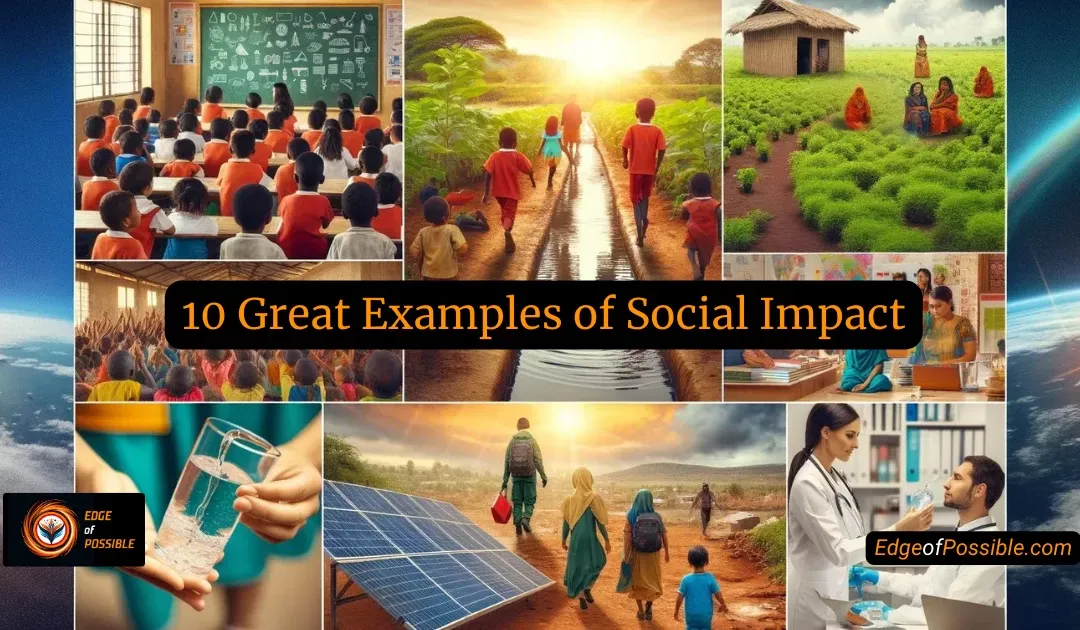
Conclusion: Fast, Fresh, and Future-Ready
The days of greasy burgers and guilt-laden drive-thru meals are fading. In their place, a new era of fast food is rising—one that is healthier, more sustainable, and more personalized than ever before.
As consumer values shift toward wellness, transparency, and environmental responsibility, the fast food industry is proving it can evolve without losing the convenience that made it popular in the first place.
Fast food is finally living up to its name—and its promise—for a better future.
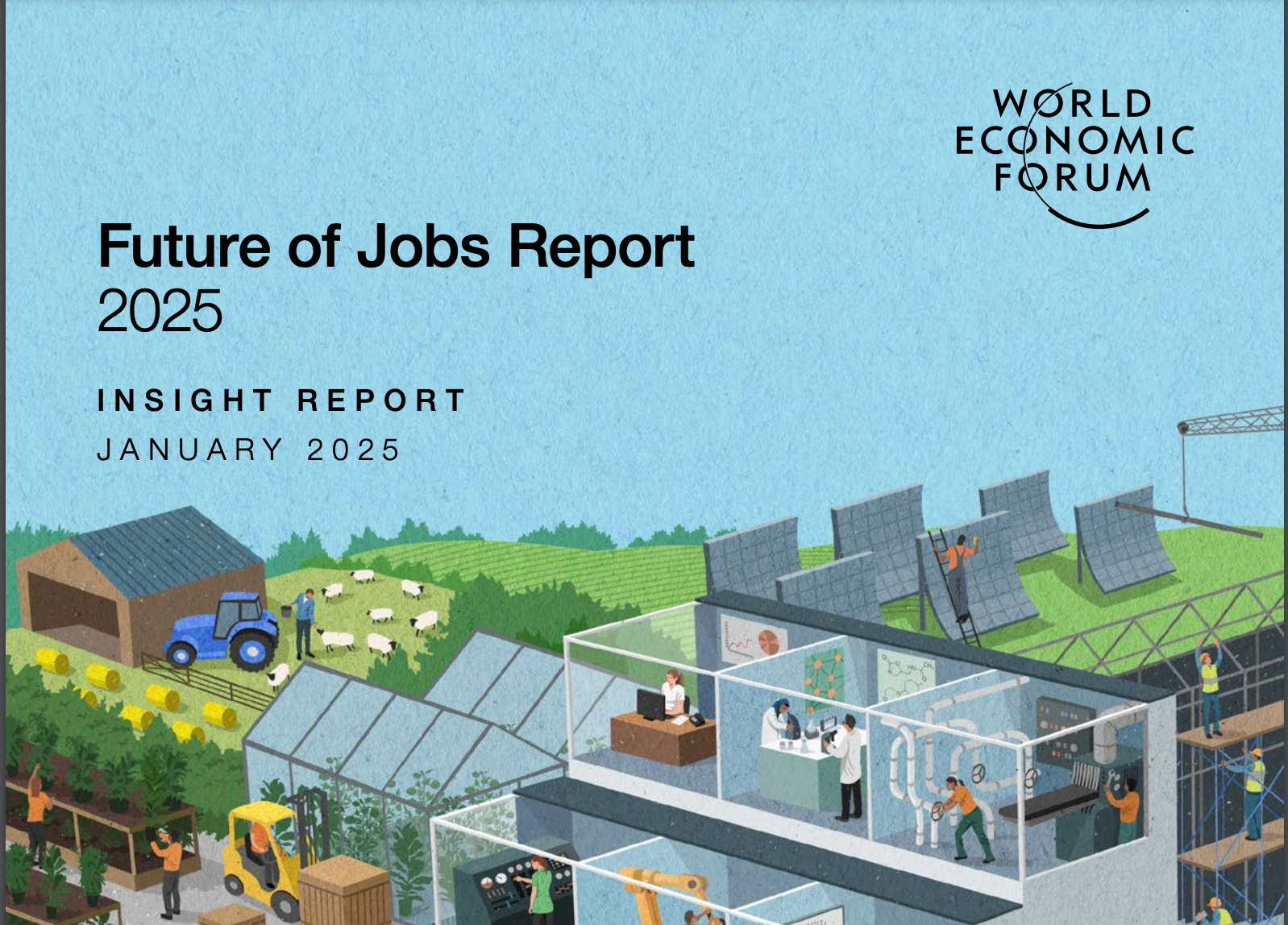

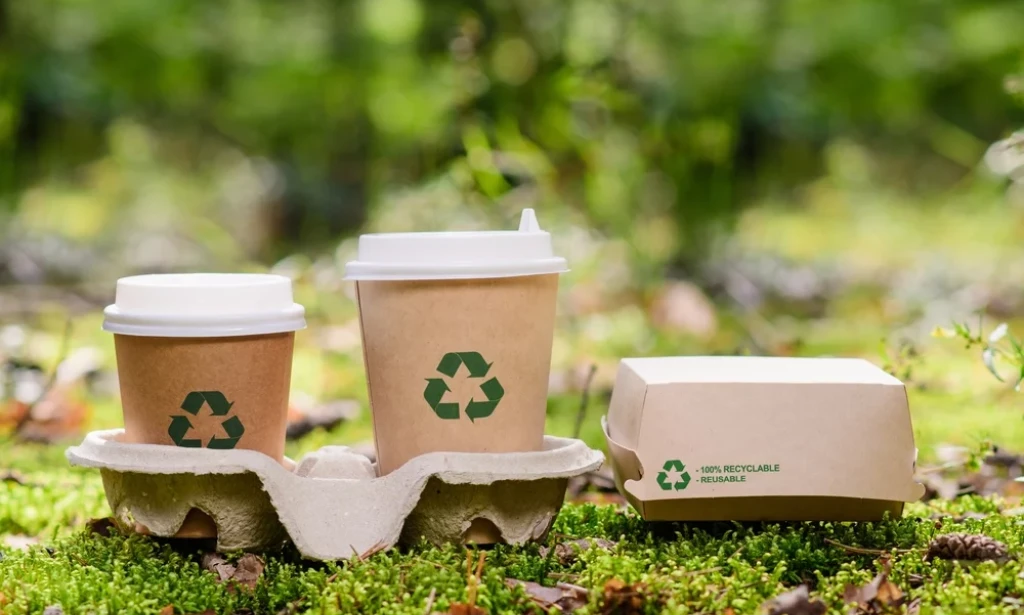
You must be logged in to post a comment.